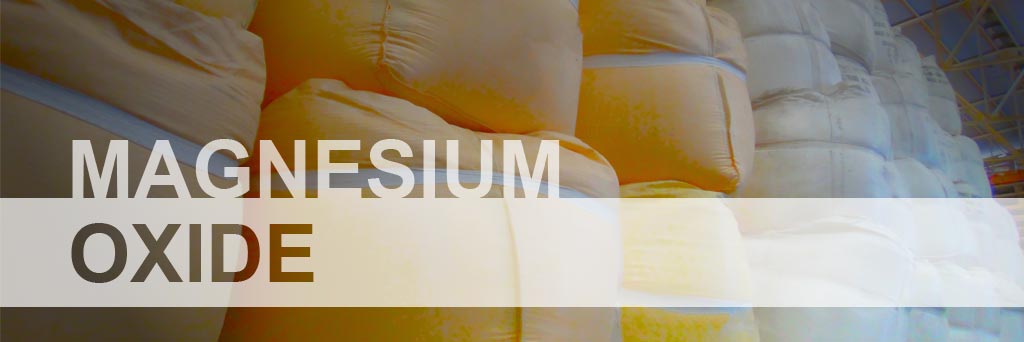Magnesium Oxide, or magnesia, is a white solid mineral that occurs naturally as periclase and is a source of magnesium. It has an empirical formula of MgO. It is formed by an ionic bond between one magnesium and one oxygen atom. Magnesium Oxide is hygroscopic in nature and care must be taken to protect it from moisture.
Magnesium Oxide was historically known as magnesia alba (literally, the white mineral from Magnesia), to differentiate it from magnesia negra, a black mineral containing what is now known as manganese.
For constructions uses, Magnesium Oxide is one of the raw materials for making Portland cement in dry process plants. If too much Magnesium Oxide is added, the cement may become expansive.
For desiccant uses, Magnesium Oxide is an efficient moisture absorbent used by many libraries for preserving books.
For medical uses, Magnesium Oxide is used for relief of heartburn and sore stomach, as an antacid, magnesium supplement, and as a short-term laxative. It is also used to improve symptoms of indigestion. Side effects of magnesium oxide may include nausea and cramping. In quantities sufficient to obtain a laxative effect, side effects of long-term use include enteroliths resulting in bowel obstruction.
It is used as an insulator in industrial cables, as a basic refractory material for crucibles and as a principal fireproofing ingredient in construction materials. As a construction material, Magnesium Oxide wallboards have several attractive characteristics: fire resistance, moisture resistance, mold and mildew resistance, and strength.
Magnesium Oxide is also used as a protective coating in plasma displays. |



